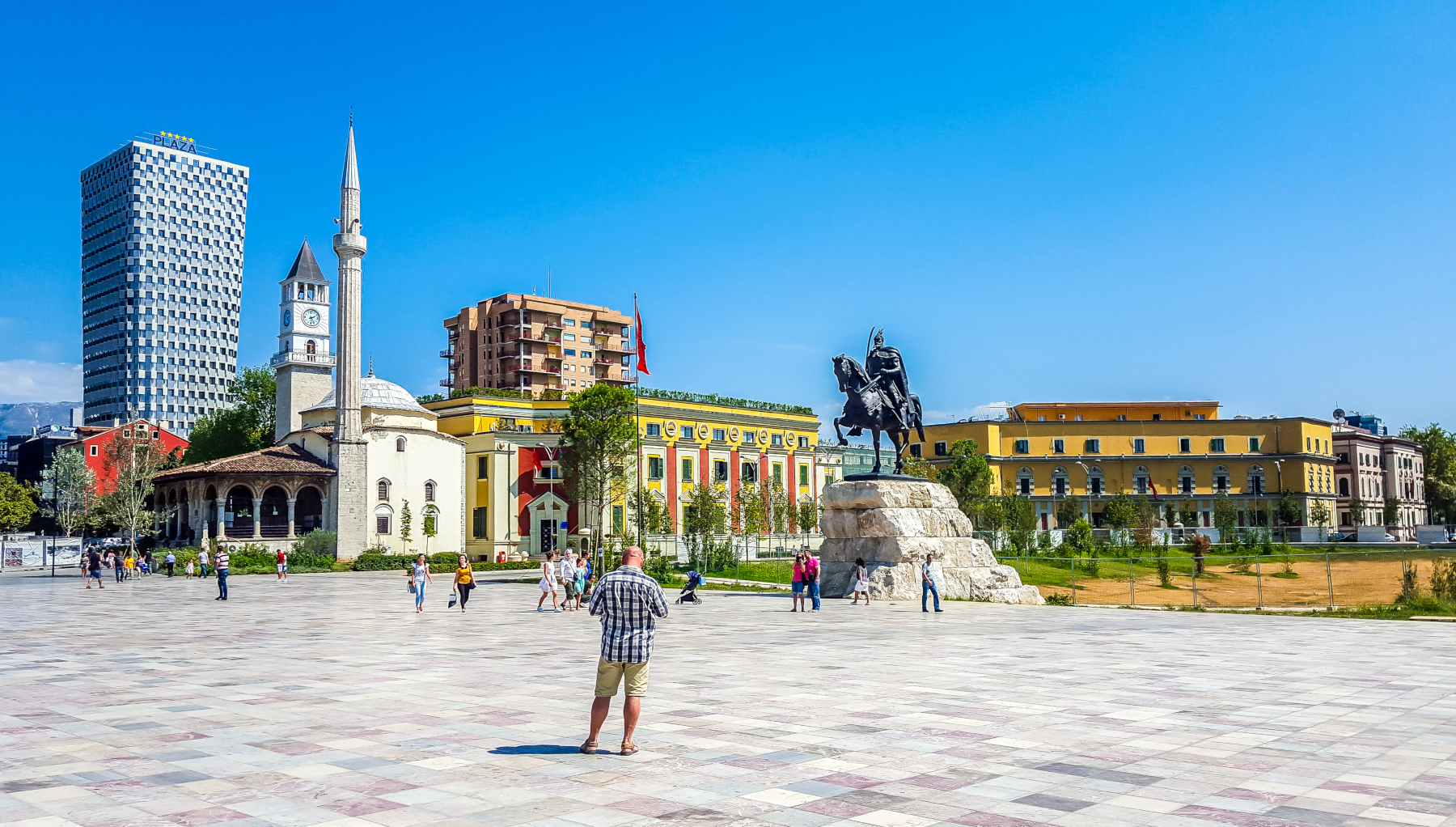Short-term political risk: Nine countries upgraded and one country downgraded

In the framework of its regular review of the short-term (ST) political risk, Credendo has upgraded 9 countries and downgraded 2 countries. The year 2021 is thus ending with a positive trend, confirming the previous risk updates. Upgrades continue to be largely dominant on the back of a gradually improving outlook for many countries as a result of strong commodity prices, a slowly weakening Covid-19 impact and the welcome IMF SDR allocation a few months ago.

- Ethiopia: downgrade from 6/7 to 7/7
The conflict between PM Abiy Ahmed’s federal government and the Tigrayan TPLF took a dramatic turn in the beginning of November this year. Back then the TPLF advanced further into the Amhara and Afar regions, took over strategic towns and were said to be 200 km off the capital, Addis Ababa. The federal government has responded at the end of November with a huge counteroffensive thanks to new military equipment from abroad (likely from China, Iran and Turkey) and mass civilian recruitments, which allowed the government to push back the TPLF. Though initially the conflict was concentrated in the north of the country, the fighting has been progressively involving multiple ethnic groups and civilians from other regions. Therefore, the risk of seeing the instability from the north spreading to other regions, is growing. Hence, as the military option seems the only one retained by the government and the TPLF to reach total victory and ensure their survival, the increasingly brutal conflict could become a nationwide and more complex war. The huge and quick rise of violence on each side, and spreading instability across more parts of the country, have led to a drastic increase of the political violence risk, which has risen to category 7/7 this December. Therefore, and as there is no end of the conflict and peace in sight, Credendo has decided to downgrade Ethiopia’s short-term political risk to the highest category 7/7.
- Indonesia: upgrade from 2/7 to 1/7
Indonesia has gradually come out of the severe Covid-19 wave due to the delta variant that hit the country in the 3rd quarter of 2021. This year, and despite this recent, difficult economic period, Indonesia’s external liquidity has improved. Indeed, after a stable first half-year, foreign exchange reserves surged as a result of the IMF’s extraordinary SDR allocation (USD 4.45 bn) and the export boost from manufactured goods and higher commodity prices. As fossil fuels (oil, gas and coal) account for more than 15% of current account receipts, Indonesia is benefiting from high market prices. In consequence, foreign exchange reserves are currently standing at a comfortable level of 6.5 months of imports. This is less than in 2020 when they stood at 8 months of imports, but that situation was affected by the sharp contraction in imports. At the same time, Indonesia’s short-term debt has remained moderate, and market access has remained strong amid economic resilience. The 2022 outlook will partly depend on the evolution of the pandemic, while the current account deficit is expected to widen from 0.3% to 1% of GDP due to a stronger rebound in imports. Still, a continued economic recovery – still uncertain for tourism – and high fuel prices should support foreign exchange earnings and keep them at sound levels. Hence, Credendo has upgraded Indonesia’s short-term political risk from category 2/7 to 1/7.
- Tajikistan: upgrade from 6/7 to 5/7
Credendo has decided to upgrade the short-term political risk of Tajikistan to category 5/7 (from category 6/7) following an improvement of the liquidity indicators. Indeed, despite the large impact of Covid-19 on the Tajik economy, current account receipts have increased sharply during the first half of the year thanks to a sharp increase in exports of precious metals. Moreover, strong FDI inflows (from China) have been recorded in the first part of the year. In addition, the current account balance is expected to be in surplus this year for the second consecutive year. All these factors, along with the SDR allocation in August, have led to an increase in gross foreign exchange reserves. However, risks remain elevated, stemming from the spillover from Afghanistan, the expected deficit of the current account balance as of next year, uncertainty related to Covid-19 (low vaccination rate of 30% but no reliable figures regarding the number of cases and deaths), and – to a lesser extent – the impact of climate change and the border dispute with Kyrgyzstan.